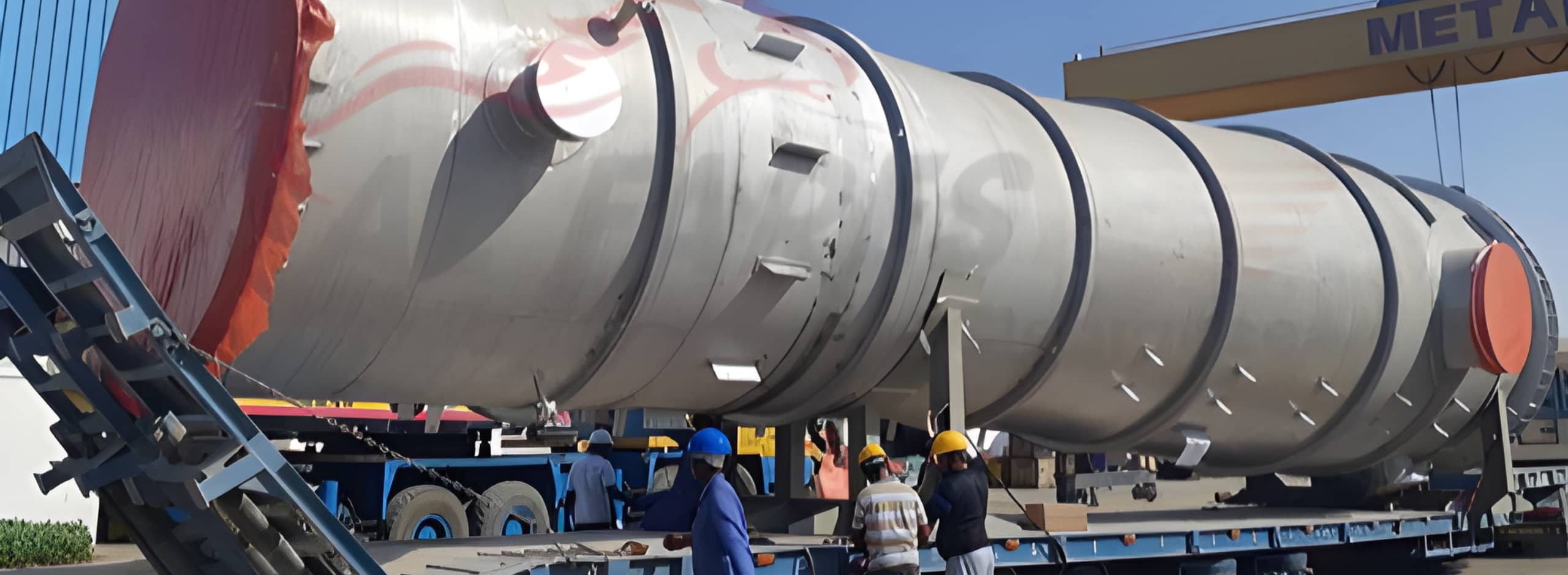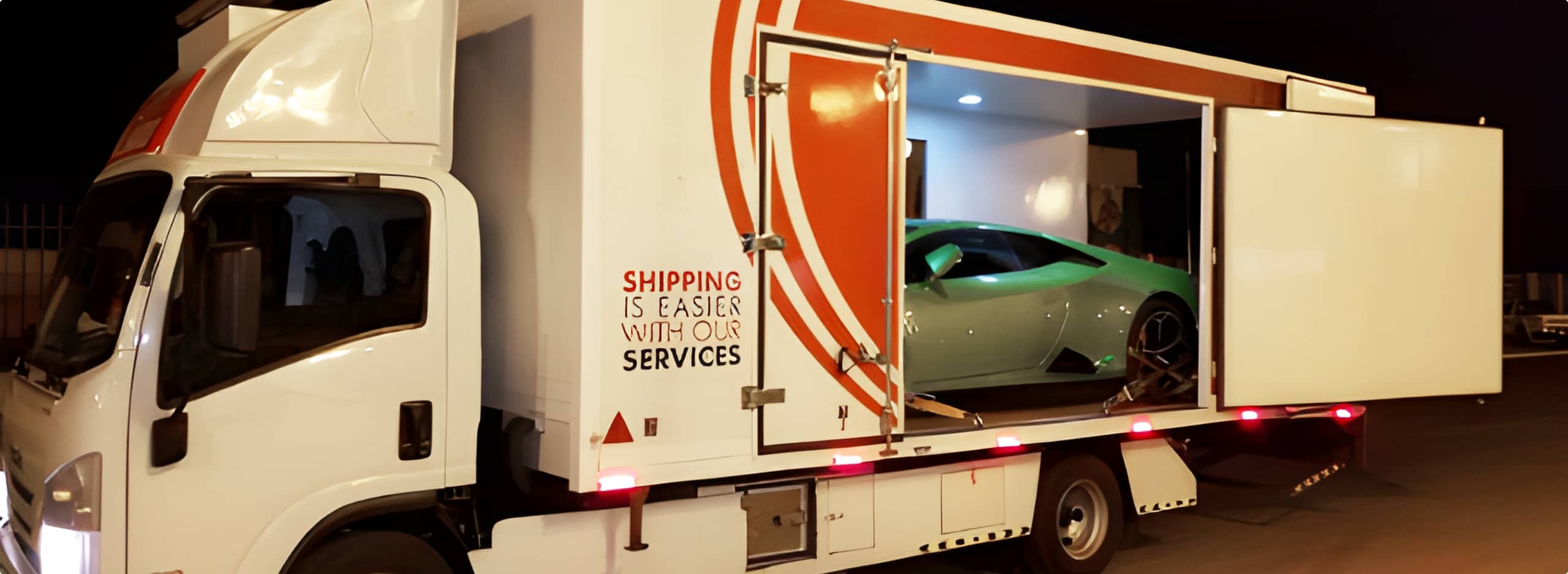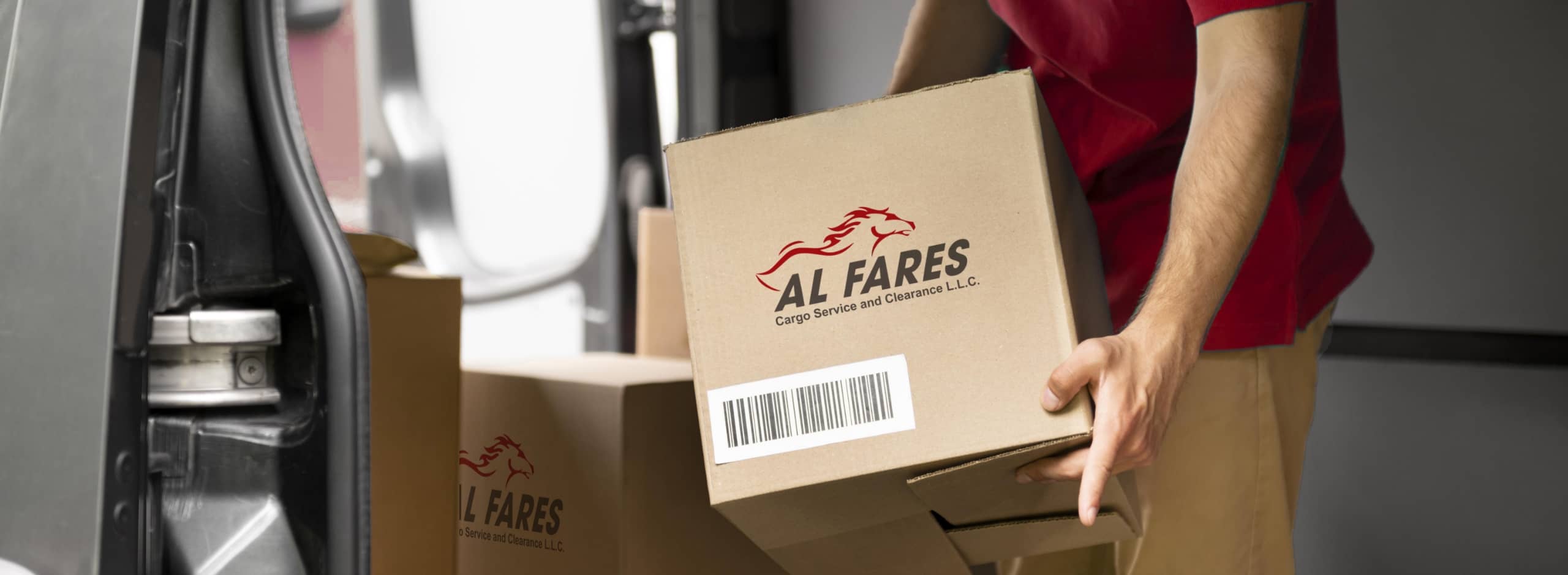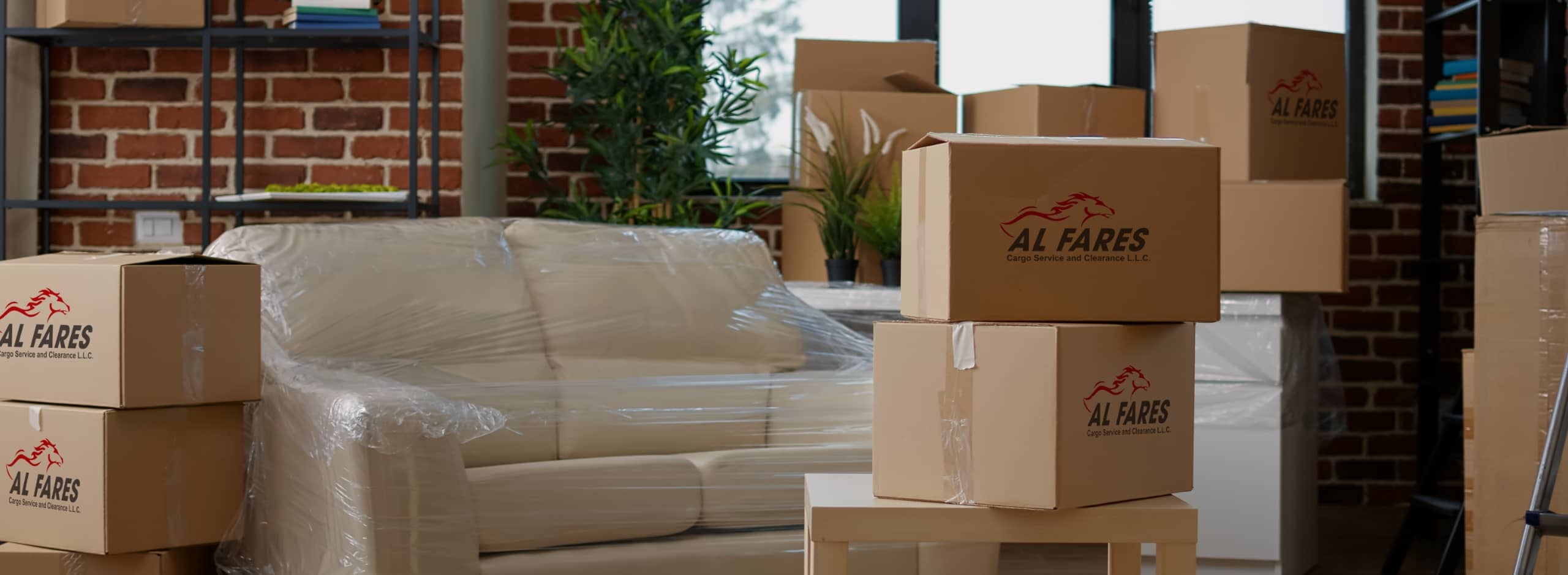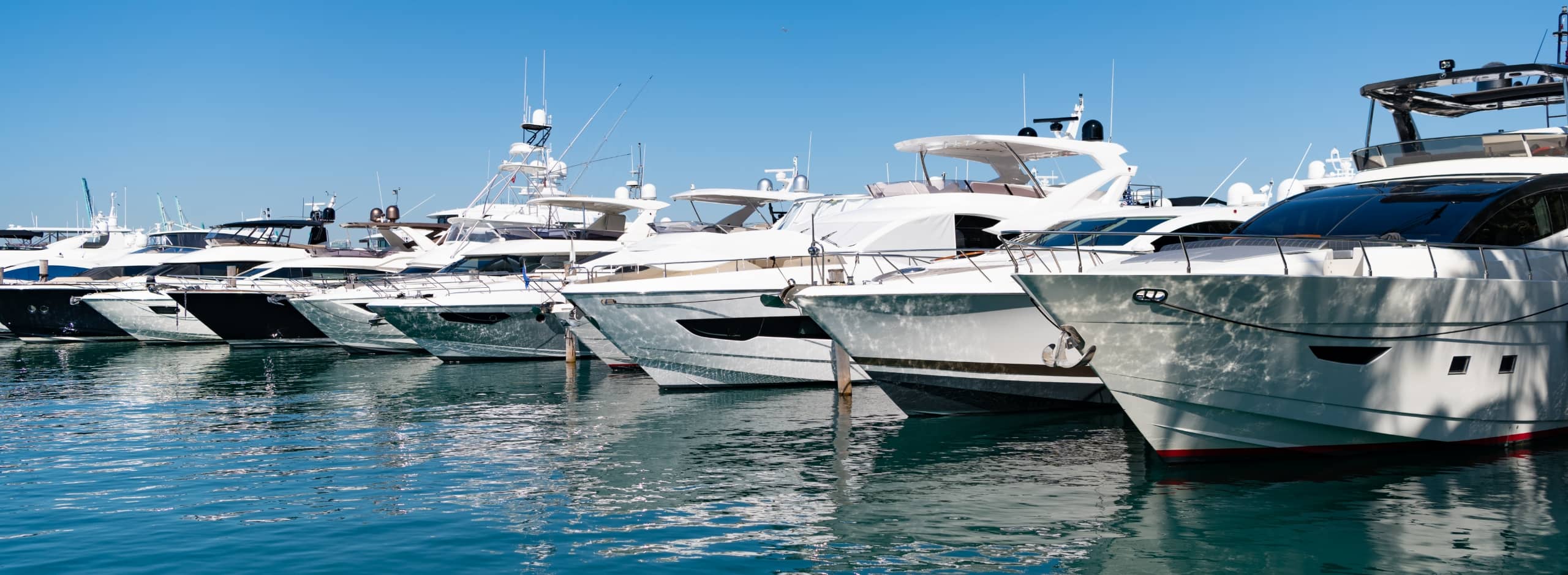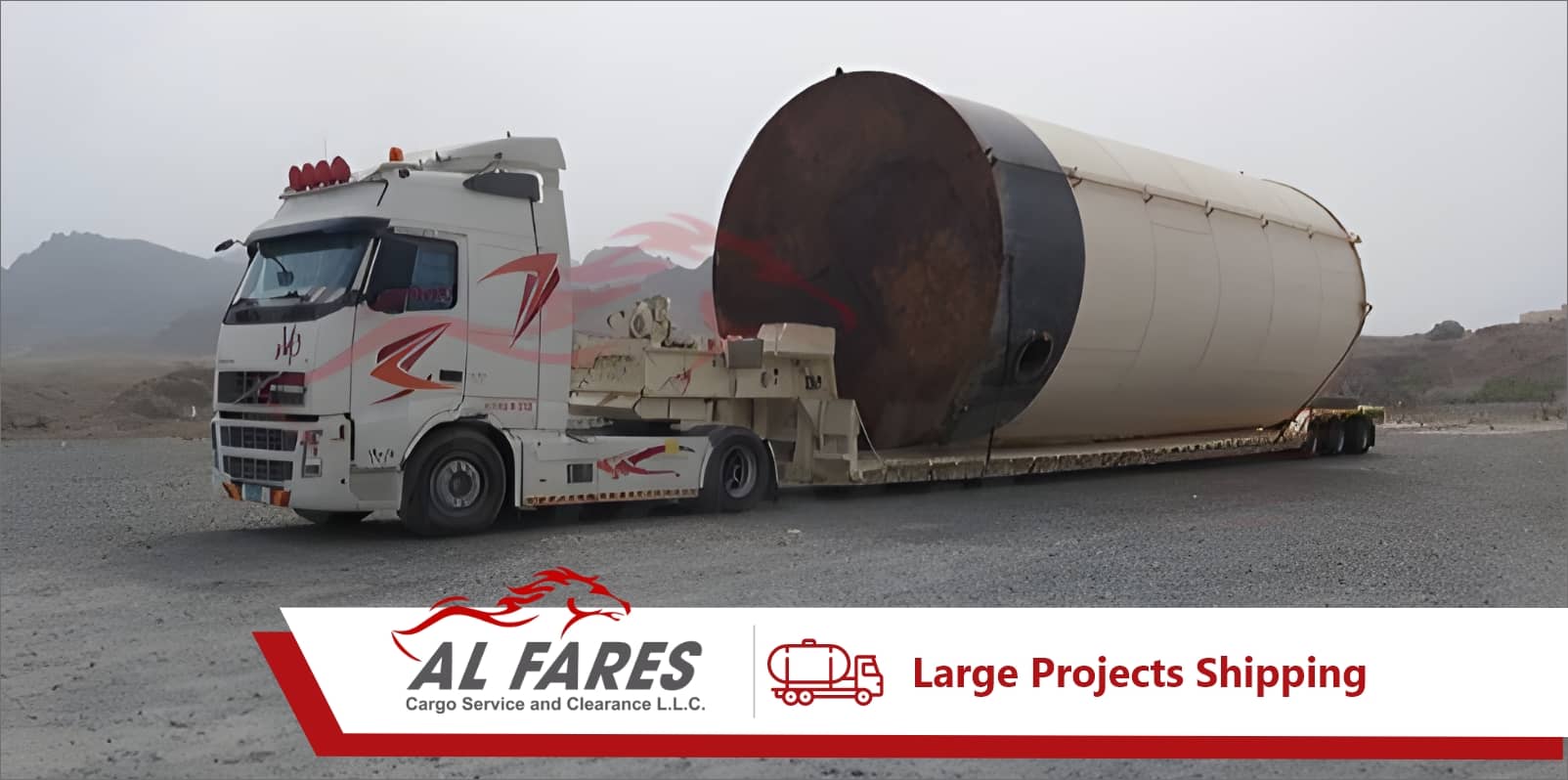Large Projects Shipping
Large Projects Shipping is considered one of the most complex types of shipping. Shipping in this category requires specialized procedures for transportation as it is often a large-scale operation. Large projects usually consist of several pieces with heavy loads, which require a great deal of pre-planning and specialized equipment for shipping.
What is Large Projects Shipping?
Large Projects Shipping, also known as (project cargo) is a term widely used in the logistics services industry to describe mega pieces of equipment for these projects that are transported, whether locally or internationally. Also, it should be noted that transporting such large parts of equipment involves many challenges.
Firstly, many safety procedures must be followed, as inappropriate handling of large equipment pieces can cause harm to workers and damage to the vehicles that transport them.
Secondly, shipping large equipment parts for such large projects can also take a long time, as simply loading and unloading such large equipment takes a long time.
Thirdly, shipping the project’s goods and equipment must be done; using non-traditional and specialized transportation methods.
Examples of Large Projects Shipping:
- Wind turbines used in renewable energy.
- Large metal tanks and structures.
- Rockets used in space science.
- Tanks, aircraft, and military equipment used by the army.
- Prefab homes that are dismantled into large pieces and parts for easier shipping.
- Pre-fabricated bridges and structures.
- Tunnel boring machines
- Tractors
- Disassembled oil and gas facilities.
How are Large Project Parts Shipped?
Due to the large size and weight of most project parts, many of which are non-divisible pieces that can weigh between one to hundreds of tons and have widths or heights that exceed tens of meters, they are classified as heavy lift cargo.
Thus, the most common methods used for transporting large projects are through land and maritime, where it is easier to transport and load large project parts onto trucks or ships and ship them locally or internationally with ease.
However, it should be noted that specialized vehicles, ships, and equipment are required to transport these items safely and efficiently by land or maritime.
Land Shipping for Large Projects:
Land shipping is often used for local transportation of large project parts or shipping to a neighbouring country with transportation methods suitable for the vehicles used to transport the large project parts.
Flatbed shipping is often the most common type of shipping; used for these machines. Flatbeds are non-traditional carriers with a flat surface and no sides or roof, making them ideal for transporting large, heavy machines that cannot be easily dismantled. However, flatbed shipping is not suitable for small or light machinery. Standard trailers can also be used if the project parts are too large for a flatbed trailer. These trailers tend to be longer and broader than flatbeds and have the excellent advantage of working with a hydraulic system, which helps maintain the balance of the trailer and the cargo being transported.
There are several types of carriers or trailers used for transporting large projects, including wider.
- Heavy equipment transporters (HET)
- Self-propelled modular transporters (SPMT)
- Hydraulic trailers
- Extendable trailers
- Lowboy trailers
Maritime Shipping for Large Projects:
It is often difficult to transport large project parts using containers, whether 20, 40, or 45 feet containers or open-top containers. Speaking of sensitive or smaller pieces, they can be transported using these containers loaded onto the back of ships.
Roll-on/roll-off (RoRo) shipping can also be used, which is the most common type of shipping used for transporting large project parts. RoRo shipping is similar to container shipping, but it uses non-enclosed containers. This type of shipping is best for large machines that can be dismantled and loaded onto ships. However, RoRo shipping is more expensive than flatbed shipping.
Factors in Large Projects Shipping:
Moreover, several essential points should be considered before embarking on large transportation projects to ensure the success of the shipping process. These points include:
1- Budget Preparation:
Transporting project elements is very expensive compared to other shipping services, as the cost is affected by the loading, unloading, transportation, and fuel costs, specifically since specialized transportation and handling equipment, cranes, and a proficient shipping method are used to transport the parts of these large projects, which increases the cost of the shipping process.
Additionally, the budget includes customs costs, so all customs clearance requirements, fees, taxes, and documents must be known according to the desired shipping method, whether by land or maritime, especially since the customs process for large project shipping is much more complex than enduring shipping methods.
2- Consulting with a project shipping expert:
The preparation process may be very exhausting, which is why you may need some assistance so you can benefit from the services of project shipping experts at Al-Fares for shipping services. These experts will help you prepare your budget and inform you of all current customs fees, procedures, and regulations so that you can understand your duties better. Also, they can help you determine the documents you will need to bring your project shipment to the country where it is located or to send it to another country.
One of the critical factors when transporting large projects is knowing the route that will be used, as some of them may be dangerous or have obstacles that prevent the shipping of large project parts, so planning for land transport may not be preferable in this case.
Fortunately, project shipping experts can assist you in this planning process part. Starting with knowing the size of your project, they can find the appropriate travel route for it and determine whether land or maritime shipping is best.
3- Creating an emergency plan:
Things can go wrong during the transport of project parts, as unforeseen circumstances, such as changes in weather conditions or breakdowns of the carriers carrying the project parts, can occur. Therefore, at Al-Fares, we can create an emergency plan that allows you to continue the shipping process in case of any mistakes.
4- Execution:
Once the primary and secondary transport plans are ready, now, we can begin the process of shipping project parts.
Having a professional and experienced logistics partner for project shipping is essential and convenient, as shipping project parts is considered a complex and expensive task. In case of any mistakes during the shipping process, you have to ensure that your shipping agent can create solutions.


 Track Your Shipment
Track Your Shipment
 Online Enquiry
Online Enquiry
 Sign In
Sign In
 English
English
